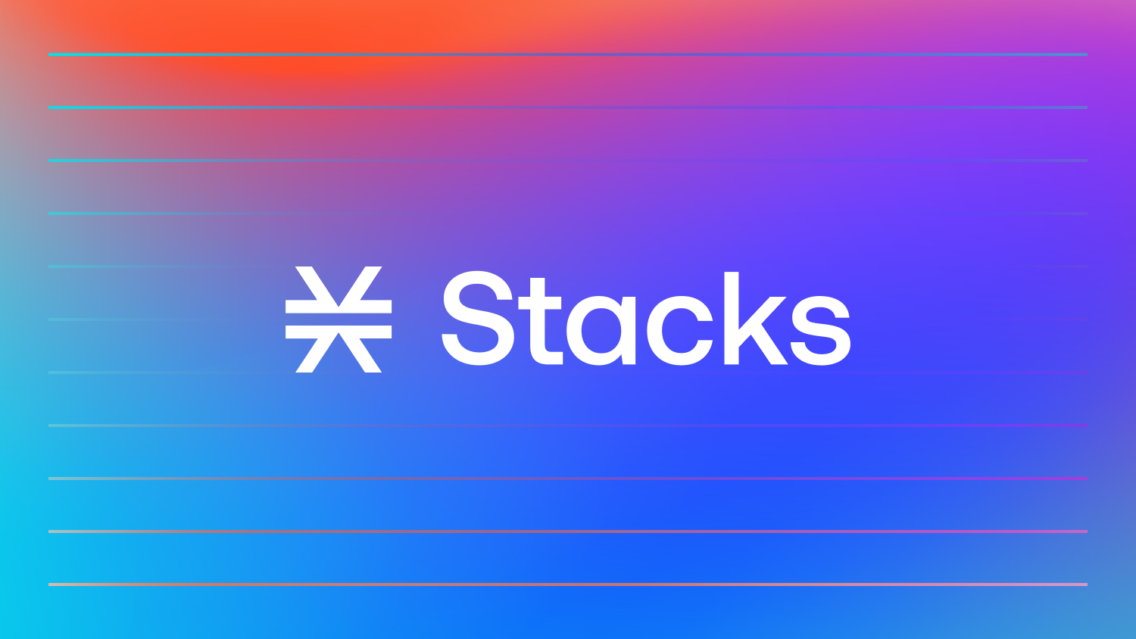Zest Protocol Enhances Stacks with Bitcoin Lending Market
Zest Protocol empowers Stacks users with secure Bitcoin lending and borrowing, enhancing DeFi capabilities. Stacks Market on Zest allows users to earn yields and interact with DeFi apps seamlessly. Zest Protocol has emerged as a key actor in the rapidly developing Bitcoin ecosystem, notably among Stacks users. As the emphasis on Bitcoin lending and borrowing [...]


- Zest Protocol empowers Stacks users with secure Bitcoin lending and borrowing, enhancing DeFi capabilities.
- Stacks Market on Zest allows users to earn yields and interact with DeFi apps seamlessly.
Zest Protocol has emerged as a key actor in the rapidly developing Bitcoin ecosystem, notably among Stacks users. As the emphasis on Bitcoin lending and borrowing grows, Zest is at the forefront, allowing access to liquidity without having to sell Bitcoin.
This project is critical for reviving the Bitcoin economy because it tackles a long-standing issue in the cryptocurrency space: the lack of dependable, decentralized platforms for Bitcoin lending and borrowing.
#Stacks Builder Highlight: BTC lending and borrowing is a must to activate the Bitcoin economy.@ZestProtocol is enabling access to liquidity without having to sell BTC.
Learn about how Zest launched the first on-chain Stacks lending market, with a Bitcoin market next.

— stacks.btc (@Stacks) August 10, 2024
Historically, centralized finance (CeFi) technologies such as BlockFi and Celsius have tried to fill this gap. However, their failure has highlighted the inherent hazards involved with centralized solutions, causing people to become increasingly skeptical.
As a result, a considerable amount of Bitcoin sits idle in wallets, without contributing to the larger financial ecosystem. The need for a secure, decentralized network to safely access Bitcoin liquidity has never been more important, and Zest offers a solution.
Empowering Bitcoin Lending with Zest on Stacks
Zest technology, an on-chain and open-source lending technology, provides a strong alternative to untrustworthy CeFi systems. It empowers users by allowing them to lend and earn a return on their Bitcoin holdings or borrow against them.
This method not only increases Bitcoin’s production, but also generates a more active and involved Bitcoin community. The protocol’s emphasis on developing a comprehensive lending and borrowing environment is critical for Bitcoin’s long-term viability and growth.
Currently, the Stacks market within Zest is operational, allowing users to contribute assets such as STX, stSTX, and aeUSDC while earning yields on these deposits.
This additional liquidity can then be used to interact with other decentralized finance (DeFi) services, improving the user experience and extending the utility of their assets. While the Bitcoin markets are still in the works, their launch is expected to follow the activation of sBTC.
Once operational, users will be able to lend Bitcoin by transmitting native BTC on Bitcoin Layer 1 (L1). Behind the scenes, this BTC will be turned into sBTC and put into Zest, before being seamlessly converted back to BTC upon withdrawal.
Zest’s quick development is reflected in its total value locked (TVL), which has now surpassed $26 million. The protocol has the support of well-known investors, including Draper Associates, which increases its legitimacy and potential in the DeFi sector.
In addition, Zest has implemented an active point system for liquidity providers, allowing them to earn yields on their deposited assets while also getting liquidity through borrowing without having to sell their holdings.
Similarly, recent advances in the Stacks ecosystem have contributed to the increased interest in Zest. According to our prior report, the Nakamoto patch, for example, improved Stacks by enabling faster, more secure transactions and a better DeFi experience.
Another notable milestone is the release of sBTC, which allows for trustless, two-way transactions between Bitcoin and Stacks, promising to expedite asset transfers across the ecosystem.
Furthermore, the engagement of Hypernative, a security and risk intelligence protocol, is expected to improve the Stacks ecosystem’s security by offering real-time risk identification and using Bitcoin’s security framework.
As the Stacks ecosystem evolves, with its decentralized apps (dApps) and smart contracts benefiting from Hypernative’s risk detection capabilities, demand for platforms like Zest is projected to increase.
Meanwhile, STX, the Stacks network’s native token, has dropped 7.53% over the last 24 hours to hover at $1.39. Despite this drop, trade volume has increased by more than 64%, hitting around $56.09 million.
What's Your Reaction?










































































































